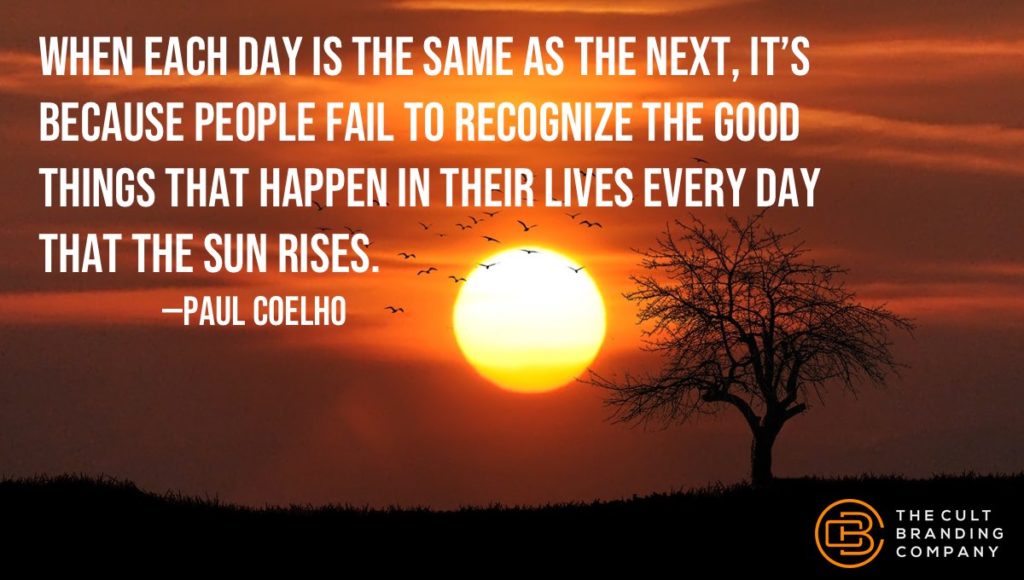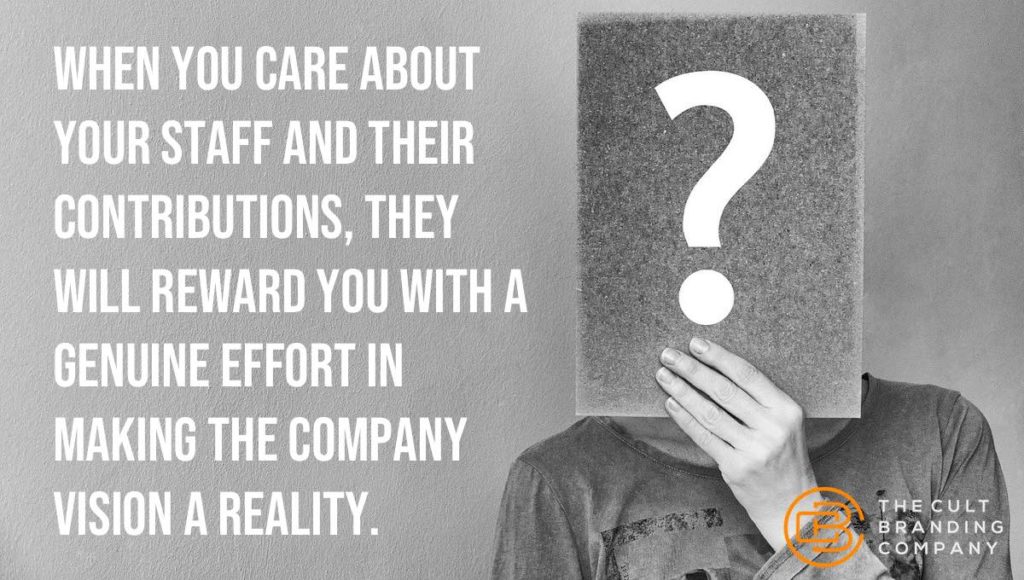In today’s highly competitive business environment, brands are constantly looking for ways to stand out from the crowd. One strategy that has proven successful for some brands is to become a “cult brand.” Cult brands are those that have a dedicated and loyal following of customers who are not only repeat buyers but also advocates for the brand.
However, in the pursuit of becoming a cult brand, many companies make the mistake of focusing on trying to be the next “iPhone killer” or “Tesla killer.” They want to take down the top dogs in their industry and become the new leader. While this may seem like a good strategy, it can be a recipe for disaster. Instead of focusing on becoming the next big thing, brands should focus on becoming the best version of themselves.
What does it mean to be the best version of your brand? It means focusing on what makes your brand unique and valuable to your customers. It means identifying your strengths and weaknesses and working to improve them. It means constantly listening to your customers and striving to meet their needs and exceed their expectations.
One example of a brand that has successfully become the best version of itself is Patagonia.
Patagonia is a clothing and outdoor gear brand that has a strong commitment to environmental and social responsibility. Instead of trying to take down other outdoor gear brands, Patagonia focuses on being the best at what they do: creating high-quality products that are sustainable and ethically made. This commitment to their values has helped them build a loyal following of customers who appreciate their brand and what it stands for.
Another example is Zappos. Instead of trying to beat out other retailers like Walmart, Zappos focuses on creating an outstanding customer experience. They offer free shipping and returns, a 365-day return policy, and a customer service team that is available 24/7. This dedication to customer service has helped them build a loyal following of customers who trust and appreciate the brand.
Becoming a cult brand is a goal for many companies, but it’s important to approach it in the right way. Instead of trying to be the next big thing, brands should focus on becoming the best version of themselves. This means identifying their strengths and weaknesses, listening to their customers, and committing to their values. By doing so, brands can build a loyal following of customers who appreciate and advocate for their brand, which is ultimately what makes a brand successful.
—
With over 20 years of experience as The Cult Branding Company, we’ve honed our strategies and methods to help companies identify their brand’s DNA, gain deep consumer insights, and understand the marketplace ecosystem. We are an independent agency that creates strong and provocative relationships between good companies and their customers.




![To be an effective leader, you have to be a really good listener. And, not to what’s being said, but to what’s not being said. You have to be really observant. That was a big transition for me: I went from being a scorer and a floor general to being a leader. And, that meant putting others first. That means not worrying about: Are you in rhythm? Are you playing well in this game? Are you ready to go? [It means going] to being: Are they ready? What can I do to help them be ready? That’s the big transition to make. You’ve gotta observe them, because they all have things they want to accomplish as individuals. And, as. Leader you’re like, “Okay, what are those things?” And, how can I help them accomplish that within the system, the structure that we are trying to do collectively. —Kobe Bryant](https://cultbranding.com/ceo/wp-content/uploads/2020/02/Leadership-Leaders-Kobe-Bryant-1024x643.jpg)
